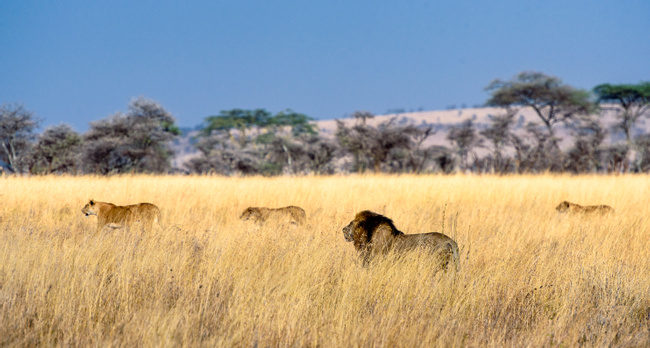
Southern & Eastern Serengeti
The short grass plains of the Southern and Eastern Serengeti cover a massive area that stretches southwards from Naabi Hill to the Ngorongoro Conservation Area and Maswa Game Reserve, and eastward to the Ngorongoro Highlands and Oldonyo Lengai and north to Loliondo Game Controlled Area. The name Serengeti is derived from the Maasai word “siringet” which translates to “the endless plains” or “the land that flows forever,” an accurate description of the seemingly infinite grassland that stretches to the sky.
More about Southern & Eastern Serengeti
Game viewing in the Southern and Eastern Serengeti depends heavily on the seasons – there is spectacular wildlife in the southern and eastern plains during the green season spanning from December to April, when the Great Migration is spread across the open plains. Predators are abundant during this time as well, on the hunt for weaker members of the migratory herds. Lions should be easily visible with both resident pride and nomadic cats shadowing the herds. Both cheetah and hyena concentrations are the highest in Africa on the eastern plains during the green season. Cheetahs are diurnal (daytime) hunters, so with a little luck and patience, it’s possible to witness a hunt on the short grass plains.
During the dry season that spans from June to November, the plains become very dusty and transform into a semi-desert. On the eastern plains, only the hardy Thomson and Grant’s gazelle remain along with a small number of cheetahs. The Southern Serengeti encompasses shallow soda lakes, marshes, and woodlands in an area known as Ndutu. Due to the availability of water in Ndutu, the area is a year-round haven for wildlife, and offers good game viewing even in the dry season.
Real Voices, Real Benefits
We believe travel is more than ticking destinations off a list – it's about discovering new places deeply, feeling connected wherever you go, and knowing you have a trusted team of local experts behind you every step of the way.



